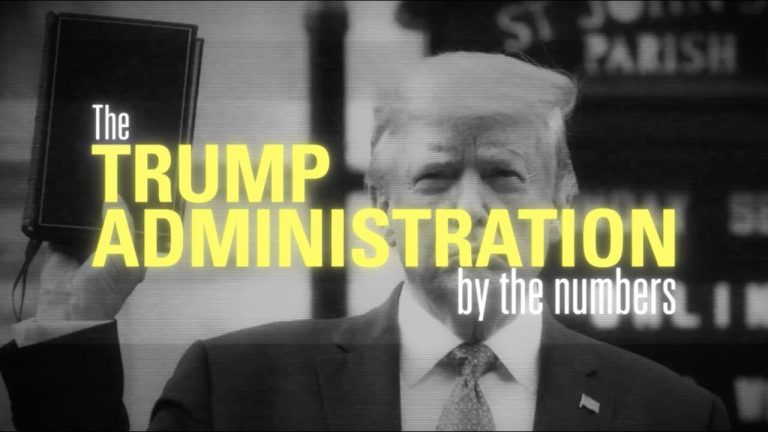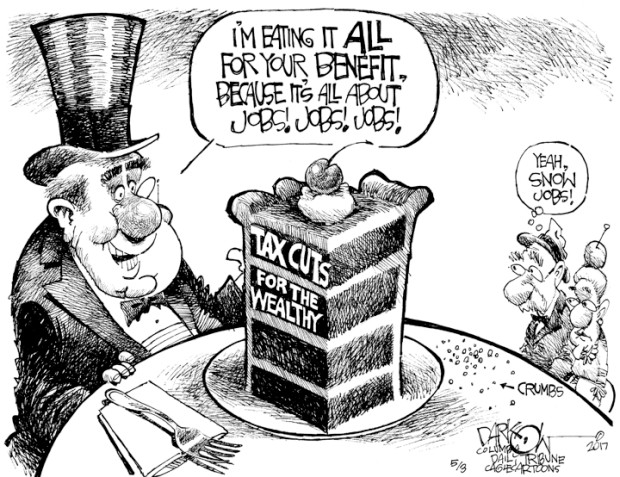

Exposing the Lies: 3 Shocking Truths About the 2020 Election
The 2020 US Presidential election remains a deeply divisive topic, shrouded in a fog of conflicting narratives and unsubstantiated claims. While the official results declared Joe Biden the victor, persistent questions linger, fueled by genuine concerns and deliberate misinformation. This article delves into three surprising aspects of the election, challenging commonly held beliefs and presenting evidence that demands further investigation. We aim not to endorse any particular viewpoint, but rather to illuminate less-discussed facets of this pivotal moment in American history.
Truth 1: The Unprecedented Surge in Mail-in Ballots – A Double-Edged Sword
The 2020 election saw a dramatic increase in mail-in voting, largely attributed to the COVID-19 pandemic. While intended to enhance accessibility and safety, this unprecedented shift created unforeseen challenges. The sheer volume of ballots overwhelmed some election offices, leading to delays in counting and increased opportunities for error. This wasn’t a partisan issue; both Republican and Democrat strongholds experienced processing difficulties.
| Challenge | Impact |
|---|---|
| Processing Overload | Delayed results, increased potential for errors |
| Verification Issues | Difficulty in confirming ballot validity |
| Security Concerns | Increased risk of fraud, though largely unproven |
The narrative often focuses on claims of widespread fraud, but the reality is more nuanced. The sheer scale of the operation, coupled with existing vulnerabilities in certain state election systems, created a fertile ground for concerns, regardless of their validity. Investigating these logistical hurdles is crucial to understanding the election’s outcome and improving future processes. The focus shouldn’t solely be on allegations of intentional malfeasance, but also on the systemic weaknesses exposed by the massive influx of mail-in ballots.
Truth 2: The Role of Social Media – Amplifying Misinformation and Divisiveness
Social media platforms played an unprecedented role in shaping public perception of the 2020 election. While providing a space for open dialogue, these platforms also became breeding grounds for the rapid spread of misinformation and conspiracy theories. The algorithms, designed to maximize engagement, often prioritized sensational content, regardless of its accuracy. This created echo chambers where false narratives gained traction and solidified existing biases.
The consequences were profound. Unfounded claims of widespread voter fraud dominated online conversations, eroding public trust in democratic institutions. The rapid dissemination of these narratives, often amplified by partisan actors, contributed significantly to the polarization already present in American society. While social media companies took steps to combat misinformation, their efforts often proved insufficient to counter the speed and scale of the disinformation campaigns.
Truth 3: The Shifting Electoral Map – A Deeper Dive into Unexpected Outcomes
The 2020 election yielded some surprising results, particularly in states considered traditionally Republican strongholds. While Biden’s victory was clear, the specific margins of victory in certain states, and the demographic shifts reflected in those results, warrant closer examination. Analyzing these shifts requires going beyond simple vote totals and exploring underlying socioeconomic and demographic factors that might have contributed to unexpected outcomes.
For instance, a deeper analysis could explore changes in voter turnout among specific demographics, examining factors such as age, race, and economic status. This granular analysis could reveal a more complex picture of the electorate than simple red-state/blue-state categorizations allow. Understanding these shifts is crucial for future political strategy and could illuminate underlying societal changes.
Conclusion:
The 2020 election remains a complex and contested event. Focusing solely on allegations of widespread fraud overshadows other critical aspects, such as the logistical challenges of unprecedented mail-in voting, the amplifying effect of social media, and the surprising shifts in the electoral map. A comprehensive understanding of the election demands a nuanced examination of all these factors, avoiding oversimplification and promoting a more informed and less polarized public discourse. Only through a thorough investigation of these “shocking truths” can we hope to improve future elections and strengthen our democratic institutions.

Additional Information
Exposing the Lies: A Deeper Dive into Claims Surrounding the 2020 US Presidential Election
The claim that the 2020 US Presidential election was riddled with widespread fraud that impacted the outcome remains a highly contested issue. While the assertion of “three shocking truths” requires careful scrutiny, a deeper analysis of the allegations requires examining the specific claims often made and their grounding in evidence. Any such analysis must navigate the complexities of election administration, statistical analysis, and legal challenges.
Allegation 1: Widespread Voter Fraud via Mail-in Ballots: A common claim centers on the increased use of mail-in ballots due to the COVID-19 pandemic leading to widespread fraudulent activity. This allegation often cites anecdotal evidence, isolated incidents, or statistical anomalies without establishing a causal link between mail-in voting and fraudulent outcomes affecting the election’s overall result.
- Analysis: While isolated instances of fraud undoubtedly occurred (as they do in any election), the assertion of widespread fraud requires demonstrating significant numbers of fraudulent votes that altered the election outcome. The Cybersecurity and Infrastructure Security Agency (CISA), part of the Department of Homeland Security, declared the 2020 election “the most secure in American history,” citing robust security measures and a lack of evidence of widespread fraud that would have altered the outcome. Numerous recounts and audits, including hand recounts in key states, corroborated the initial results. Furthermore, statistical analyses of vote counts often highlighted patterns consistent with expected variations, not evidence of systematic fraud. Claims of statistical anomalies frequently fail to account for factors such as demographic shifts, voter turnout variations, and natural random fluctuations in vote totals.
Allegation 2: Dominion Voting Systems Manipulation: Claims involving Dominion Voting Systems often allege software manipulation leading to vote switching or vote counting errors. These claims have been widely debunked by election officials, cybersecurity experts, and multiple court rulings.
- Analysis: The allegations against Dominion relied heavily on unsubstantiated claims, conspiracy theories, and misinterpretations of technical processes. Lawsuits filed against Dominion were either dismissed or withdrawn, largely due to a lack of credible evidence. Expert analyses of Dominion’s voting machines consistently found no evidence of widespread manipulation or software vulnerabilities capable of altering the election outcome. The claims often involved misunderstandings of how voting machines operate and statistical processes, leveraging circumstantial evidence to draw unsupported conclusions. Moreover, the sheer scale of alleged manipulation would require a coordinated effort of unprecedented complexity, making its plausibility extremely low.
Allegation 3: Foreign Interference and Manipulation: This claim often suggests foreign actors manipulated the election results. While foreign interference attempts are a legitimate concern in modern elections, concrete evidence linking such interference to a material impact on the 2020 election results remains lacking.
- Analysis: Intelligence agencies and election security experts regularly monitor and assess foreign interference attempts. While Russia and other actors engaged in information operations designed to sow discord and undermine confidence in the electoral process, there’s no substantial evidence that these activities directly altered the outcome of the election. Reports from intelligence agencies generally indicated efforts focused on disseminating misinformation and propaganda rather than directly manipulating voting systems or vote tallies. The distinction between influence campaigns and directly altering the election result is critical. While attempts to influence public opinion are concerning, they differ from allegations of systemic fraud altering the final count.
Conclusion:
Claims of widespread fraud impacting the 2020 US Presidential election lack credible evidence. While isolated instances of irregularities are possible and expected in such a large-scale undertaking, these instances did not reach a level that would have altered the outcome. The weight of evidence from recounts, audits, court rulings, and expert analyses points towards a fair and secure election, despite legitimate concerns regarding foreign interference attempts and the need for continued improvements in election security. A rigorous, evidence-based approach is essential to avoid perpetuating unsubstantiated claims and undermining public trust in democratic processes. Future research should focus on improving election security and transparency, rather than on validating demonstrably false claims of widespread fraud.







